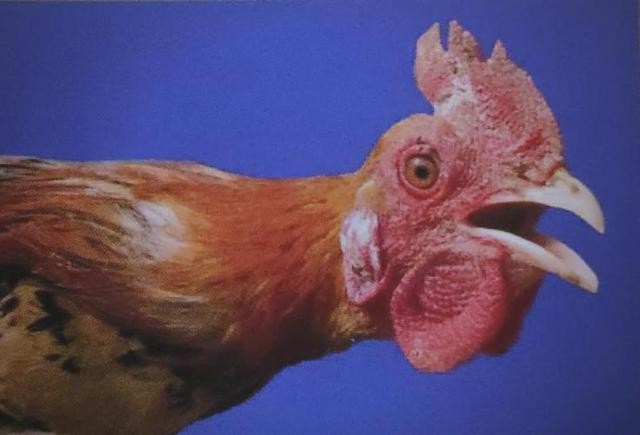------News Center
Various diseases often appear in the process of raising chickens, such as chicken chronic respiratory disease.
This disease is likely to cause the resistance of the flock to decrease, slow growth, and even death.
So how can you prevent chicken respiratory diseases?
I Analyze the factors that cause chicken respiratory disease infection:
1. High temperature and low humidity in the chicken house environment: The respiratory mucosa of the chicks has not fully developed in the first few weeks, and the destruction of this natural barrier will reduce the ability of the chickens to resist diseases.
2. The psychological effect of the breeder: the chickens are afraid that the chickens will be cold and frozen, and they pay attention to heat preservation without ventilation, causing the chickens to move in an environment with insufficient oxygen and high concentrations of ammonia, carbon dioxide and other gases. Some pathogenic microorganisms can easily invade the body and cause the disease of the chicken flock, and poor ventilation for a long time will cause the chicken to be hypoxic, and the autonomic function of the heart and lungs will decline, causing the body to be in a potential pathological state, and there will be some immune responses to the body after immunization big impact.
3. The etiology is not clear: Sometimes we usually assume that respiratory diseases caused by ventilation are caused by ventilation, but this is not the case. Generally, there is no wind for 2-3 days before the weather gets warmer or the weather is sunny. At this time, if the chicken house is not ventilated and the air circulation inside and outside is not smooth, the harmful gas in the chicken house will accumulate more and more, and the pathogenic microorganisms will It is particularly easy to sneak into the chicken body, thus forming an incubation period for the chicken to become ill. Therefore, when we raise chickens, we must follow the principle of "ventilate if there is no wind, and shelter from the wind if there is wind", and do a good job of ventilation at all times.
4. The temperature difference between day and night is too large: Some farmers place their thermometers unreasonably, and only pay attention to the average temperature. They feel that the temperature difference between day and night is not large.

This factor makes the respiratory tract often undetectable? Therefore, more consideration should be given to the ventilation speed of the chicken house during the day and night. The temperature and humidity of each position of the chicken house, etc.
5. Physiological characteristics and structure of chickens: it is easy to cause respiratory diseases, and the air sac is a unique physiological mechanism of chickens. The air sac communicates with the outside world, and the air sac is distributed around the internal organs of the body, filling around major internal organs such as the heart and liver. Under this unique physiological structure, it is necessary to pay attention to the disinfection and cleaning of the environmental sanitation of the chicken house. For the large-scale and intensive chicken breeding mode, the poor air quality in the chicken house directly reduces the vibration frequency of the respiratory fluff, destroys the integrity of the chicken respiratory mucosa, and causes a large number of pathogenic microorganisms to enter the body and invade the air sacs and other parts to hide .
6. The poor environment of the chicken house in the chicken farm promotes the repeated occurrence of respiratory diseases: due to the unique air bag structure of the chicken body, the requirements for environmental sanitation are very high. However, in actual production, many farmers have ignored the physiological characteristics of the respiratory system of chickens, and have not created better conditions for the living environment of chickens.

